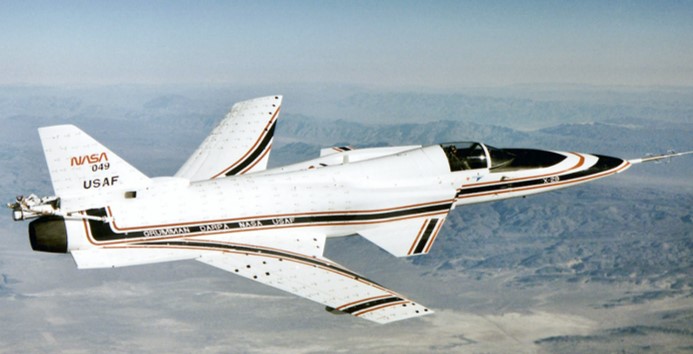“Washed out” and “washed in” refer to the angle of incidence of an aircraft’s wings relative to the fuselage.
Washed Out Wing:
A wing with “washout” has its tips set at a lower angle of incidence compared to the root (the part of the wing closest to the fuselage). This means that the wing’s angle of attack is lower at the tips than at the root. Washout is often designed into wings to promote stall characteristics and improve stability. It helps ensure that the wing root stalls first, allowing the ailerons to remain effective and providing a more gentle and predictable stall behavior.

Washed In Wing:
Conversely, a wing with “wash-in” has its tips set at a higher angle of incidence compared to the root. This configuration is less common and is generally not desirable because it can lead to undesirable stall characteristics and reduced stability.
The Grumman X-29, an experimental aircraft developed in the 1980s, featured a unique aerodynamic design, including a significant amount of wash-in in its wing profile.
The X-29’s wings had anhedral angle, meaning the wings angled downward from the fuselage. Additionally, the X-29 featured forward-swept wings, which were quite unconventional compared to traditional aircraft designs. These wings had a high degree of wash-in, where the wingtips were set at a higher angle of incidence compared to the wing roots. This configuration was designed to mitigate the adverse effects of wingtip stall, such as tip stall and wing rock, which are more common in swept-wing aircraft.
